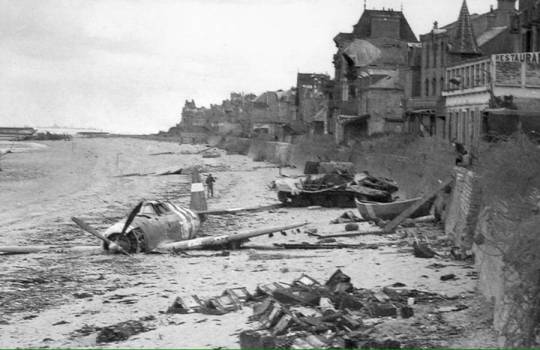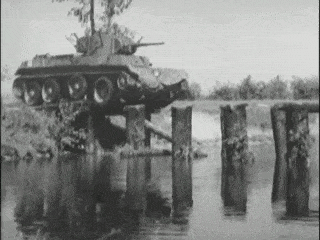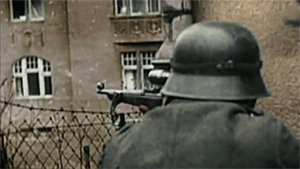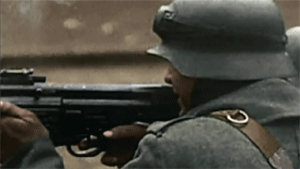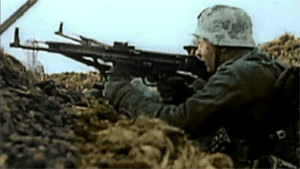Photo

American troops with captured German soldiers in Saint-Sauveur-Le-Vicomte, France - 16 June 1944
Photo by Robert Capa
82 notes
·
View notes
Photo
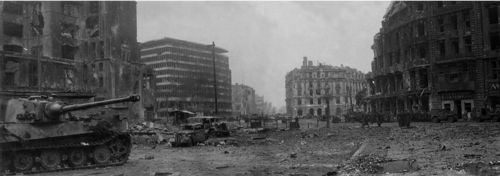
Potzdamer Platz,2 May 1945
On the left,there is the Tiger II No.101 of Unterscharfurher Karl Heinz,of the 1st company of the 503 SS Schwere Panzer Abteilung.
120 notes
·
View notes
Photo

Soviet soldier armed with a Ppsh-41 fighting in the streets of Budapest,1945
258 notes
·
View notes
Photo

A Soviet female medic tends to the injured hand of a Red Army soldier by bandaging it on a street of Voronezh.
22 notes
·
View notes
Photo

A Japanese sniper moves within a church’s steeple as US Marines in the foreground cover the sniper’s lair while a patrol moves in from the rear, Okinawa. 1 May 1945.
260 notes
·
View notes
Photo
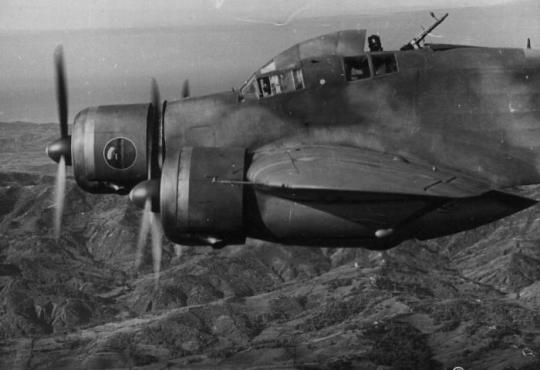
“Il gobbo maledetto” (The Hunchback cursed).
Savoia Marchetti SM 79 “Sparviero” Regia Areonautica, Italy ww2.
56 notes
·
View notes
Photo
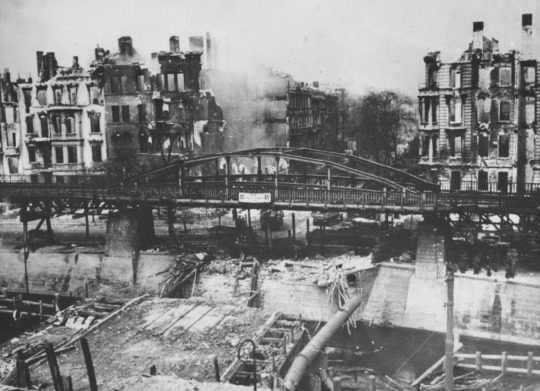


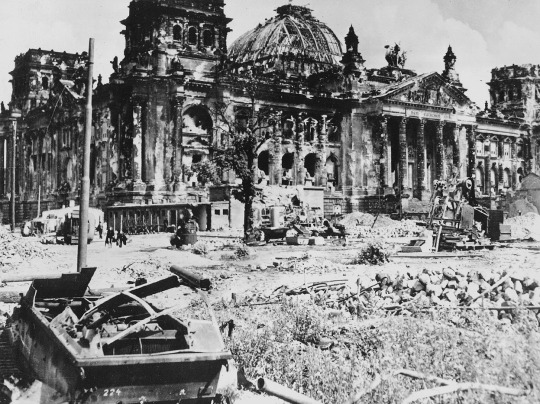

Some pictures of Berlin after the war.
Via ww2gallery
2K notes
·
View notes
Photo

Panzer III commander, interestingly enough he displays an Infantry Assault badge alongside another I can’t quite identify, just below his Iron Cross 1st class, one rugged commander all things considered.
380 notes
·
View notes
Photo

Red Army soldier smashes a German propaganda poster that reads Hitler the liberator.
1K notes
·
View notes
Photo

A Soviet T-34-85 tank crew of the 36th Guards Tank Brigade, Soviet 4th Guards Mechanized Corps, arrive in the outskirts of Belgrade as Serbian civilians look on. The 4th Guards Mechanized Corps linked up with the Yugoslavian Partisan 1st Proletarian Corps on 12 October 12 km (7 miles) east of Topola. The 36th Guard Tank Regiment arrived in time to support partisans who were attacking Axis forces in Topola from the west; a surprise Soviet attack coming in from the east collapsed German defenses, forcing them to retreat towards Belgrade and completing the Soviet encirclement of Belgrade from the south. Belgrade, Serbia, Yugoslavia (now, Serbia). 22 October 1944.
62 notes
·
View notes
Photo

German soldiers help a wounded Canadian POW following the failed Allied Dieppe Raid (codename: Operation Rutter). The Dieppe Raid (also called the Battle of Dieppe) was an Allied attack on the German-occupied French port of Dieppe on 19 August 1942. Over 6,000 infantrymen, predominantly Canadian, were supported by a Canadian Armored regiment and a strong force of Royal Navy and smaller Royal Air Force landing contingents. Objectives included seizing and holding a major port for a short period, both to prove that it was possible and to gather intelligence. Upon retreat, the Allies also wanted to destroy coastal defences, port structures and all strategic buildings. The raid had the added objectives of boosting morale and demonstrating the firm commitment of the Allied forces to open a Western front in Europe. Virtually none of these objectives were met. Allied fire support was grossly inadequate and the raiding force was largely trapped on the beach by obstacles and German fire. After less than 10 hours since the first landings, the last Allied troops had all been either killed, evacuated, or left behind to be captured by the Germans. Instead of a demonstration of resolve, the bloody fiasco showed the world that the Allies could not hope to invade France for a long time. A total of 3,623 of the 6,086 men (almost 60%) who made it ashore were either killed, wounded, or captured. Dieppe, Seine-Maritime, France. 19 August 1942.
156 notes
·
View notes
Photo
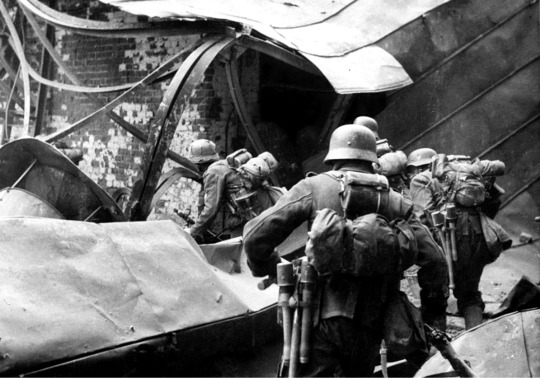
German soldiers advance through the factory district during the protracted Battle of Stalingrad. The German offensive to capture Stalingrad began in late summer 1942 using the 6th Army and elements of the 4th Panzer Army. The attack was supported by intensive Luftwaffe bombing that reduced much of the city to rubble. The fighting degenerated into building-to-building fighting, and both sides pouring reinforcements into the city. Stalingrad (Volgograd), Volgograd Oblast, Russia, Soviet Union. October 1942.
216 notes
·
View notes
Photo

Luftwaffe field division troops, probably part of the famous Division Göring
146 notes
·
View notes
